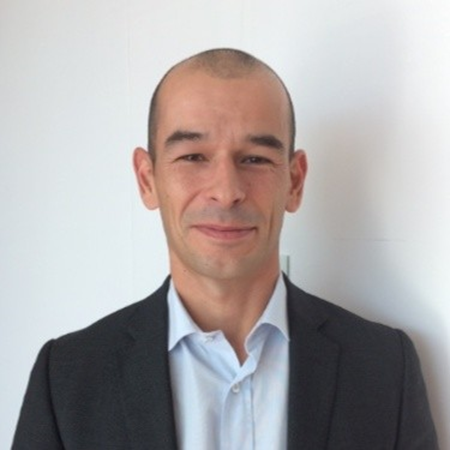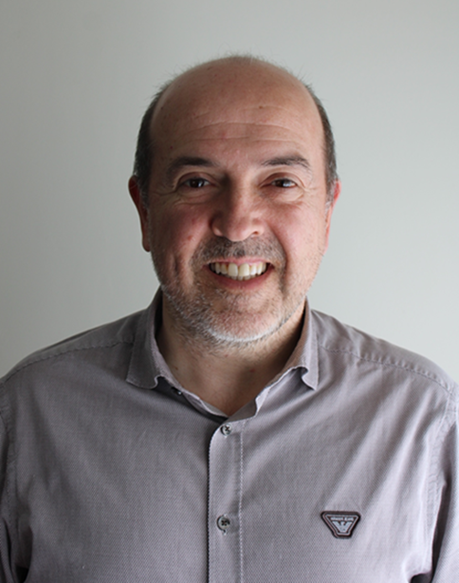Oracle Portugal participated in the Army Technological Experimentation (ARTEX) 2024 exercise, showcasing Oracle Cloud Infrastructure (OCI) AI Infrastructure’s ability to enhance simulation experiments of blast damage. These simulations can play a crucial role in supporting the development of military and civil defense plans for several operational scenarios. Organized by the Portuguese army, this annual exercise aims to strengthen the army’s connection to scientific and technological partners in the defense sector, while bolstering the national defense economy. The event saw the participation of more than 20 entities, including defense sector enterprises and academic institutions.
Oracle has teamed up with Infinite Foundry, NOVA Faculty of Science and Technology, and the Portuguese army to demonstrate blast damage and gas dispersal simulations. These simulations used AI infrastructure, GPU Compute instances, and high-performance storage. The deployed solution included OCI services like Network Load Balancing, Compute, File, Block, and Object Storage, Functions, Events, and a Oracle Cloud Marketplace GPU Compute Instance image.
Simulations of explosive damage
Military and civil police ground forces need action plans to protect the population in urban terrain areas if explosive blasts or toxic gas dispersion occur. The higher the precision of an event simulation model in predicting the effects on the surrounding buildings, the more effective the response of field teams in minimizing casualties and saving lives. OCI AI Infrastructure enabled the acceleration of these simulation routines, providing vital information to decision makers responsible for preparing mitigation measures for disaster scenarios.
Simulations ran in parallel using the blastFoam software on both OCPUs and GPU Compute instances. For graphic rendering, our team used the ParaView open source visualization engine. Simulation workloads ran on Linux operating systems, and the graphic rendering was performed on Microsoft Windows. Figure 1 shows the solution configured in OCI.
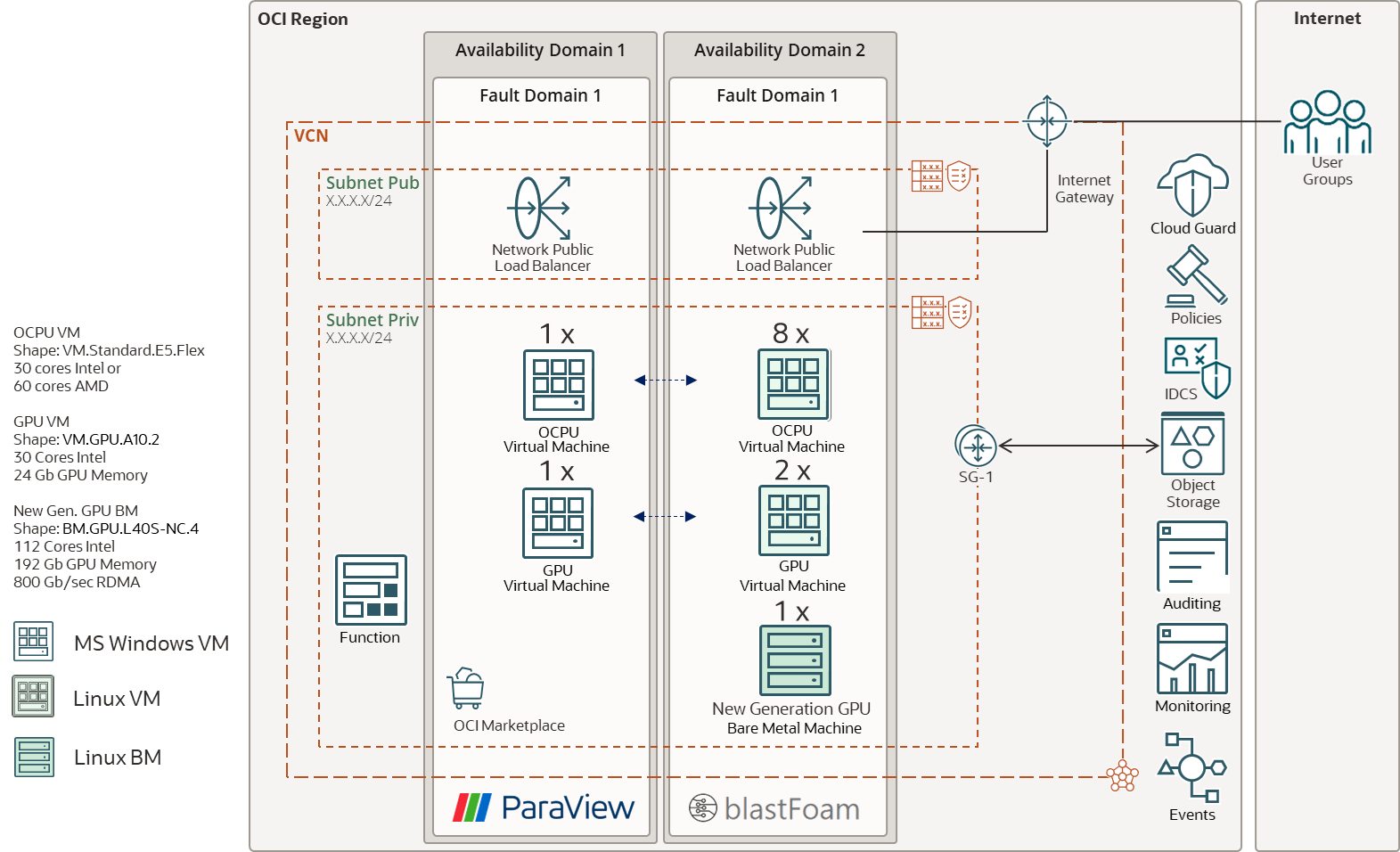
Figure 1: ARTEX24 proof of concept solution diagram.
We conducted the simulation of damage propagation from a blast explosion on Ubuntu Linux virtual machines (VMs) utilizing OCPUs. Runs launched in parallel across several Compute instances, starting with 30 cores (correspondent to the faculty on-premises hardware) and up to 480 cores. The experiment had the following main goals:
- Validate if gains in performance were linear with capacity growth.
- Validate if the simulation could run in parallel on several Compute instances instead of one with several hundreds of cores.
- Reduce simulations time to less than a half-day duration.
We performed simulations of hazardous gas dispersion across urban areas on Oracle Linux VMs using GPUs. These workloads also ran in parallel across two Compute instances. All Compute instances used high-performance block storage.
The blast explosion simulation results were promising. OCI unique features of flexible compute infrastructure and RDMA cluster networking were key to achieve experiment goals. Blast simulations that previously took five days to run on a third-party on-premises hardware unit with 30 cores completed in approximately 7.5 hours on OCI with 480 cores. Results indicated that the speed-up is linear, and the computational efficiency (a measure of the effectiveness of a computer system to perform a given calculation or algorithm of resource usage and time) is near one. Linear scalability was possible by parallelizing the simulation in several machines, taking advantage of OCI’s high-performance network.

Figure 2: Point-line graphs of the building model’s speed-up and computational efficiency over an increasing number of processing cores.
Figure 3 shows a graphical representation of a blast detonation simulation near an urban building.
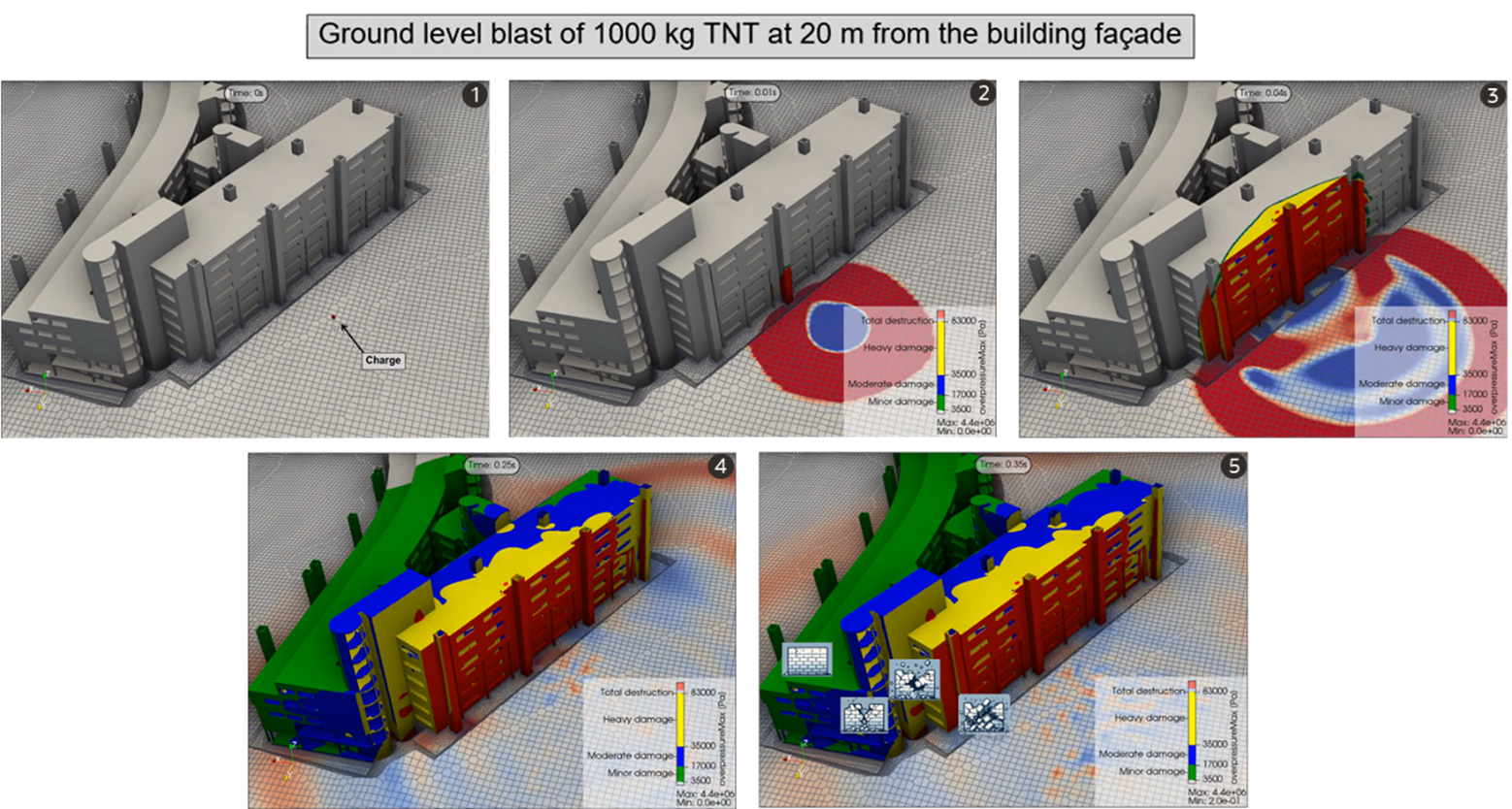
Figure 3: 3D simulation of a blast detonation near a building. The results are shown for five distinct moments of a 35-second simulation run.
In gas dispersion simulations, GPU usage reduced runtime by a factor of 13, compared to CPU usage.
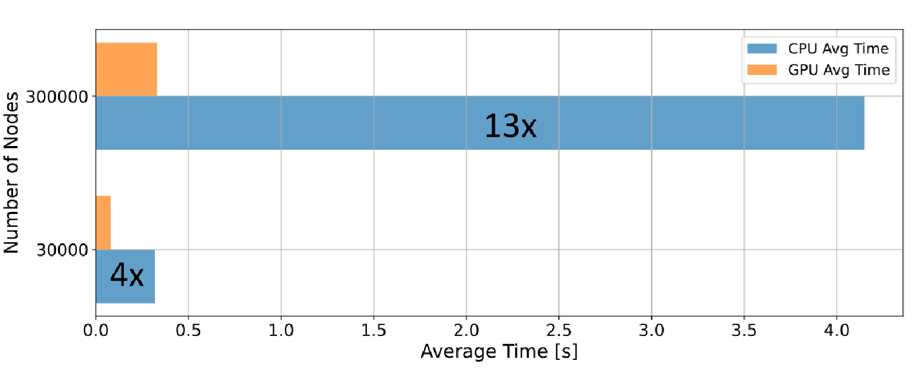
Figure 4: Bar graph comparing the average CPU and GPU times for two groups with different number of simulation nodes.
During the last weeks of the demonstration pilot, we provisioned a bare metal instance with new generation GPUs to test the performance of gas dispersal simulations using terrain grid models with different resolutions. These models chiefly correspond to a geometrically refined finite-element numerical model. In practical terms, a computational mesh for spatial discretization.
The results showed that the duration of simulations for high-resolution grid models benefits from the new generation GPU bare metal compute instance utilization. With 106 nodes’ numerical models and beyond, we observed a reduction in more than half the time needed to run a simulation.
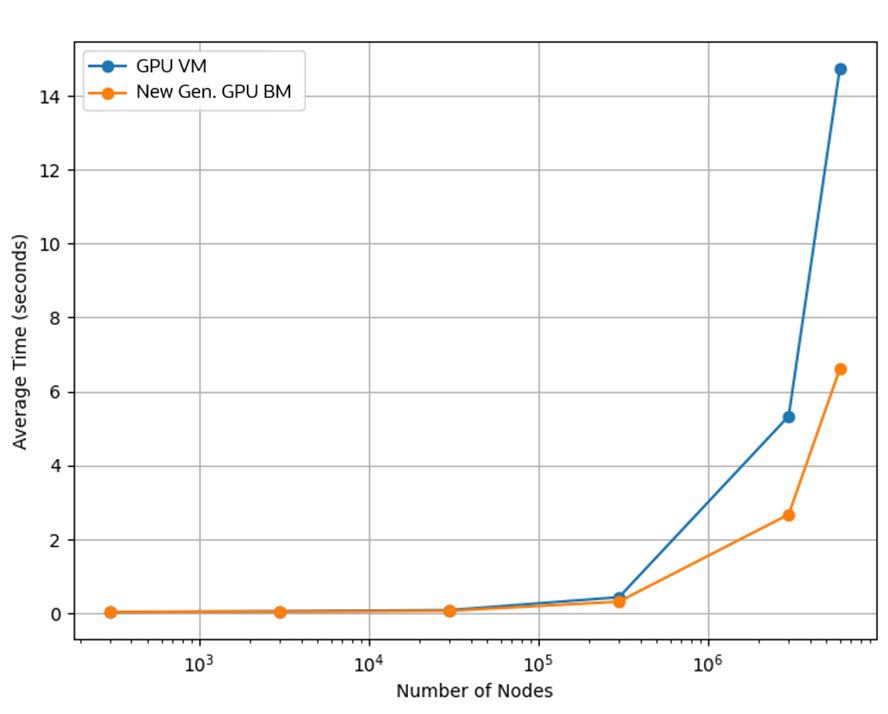
Figure 5: Comparing average time results for using GPU VM and New Generation GPU Bare Metal for gas dispersion simulations.
Conclusion
OCI AI infrastructure enables customers to run demanding simulation workloads using state-of-the-art services, including the latest GPU technology and scale both vertically and horizontally by adding more computing nodes. For the Portuguese army, the results include reduced simulation times, faster results, and accelerated decision-making processes in mission-critical assignments. The Portuguese army is eager to explore more of the OCI AI infrastructure, including new generation GPU compute instances.
To learn more about Oracle Cloud Infrastructure’s AI services, see the following resources:
